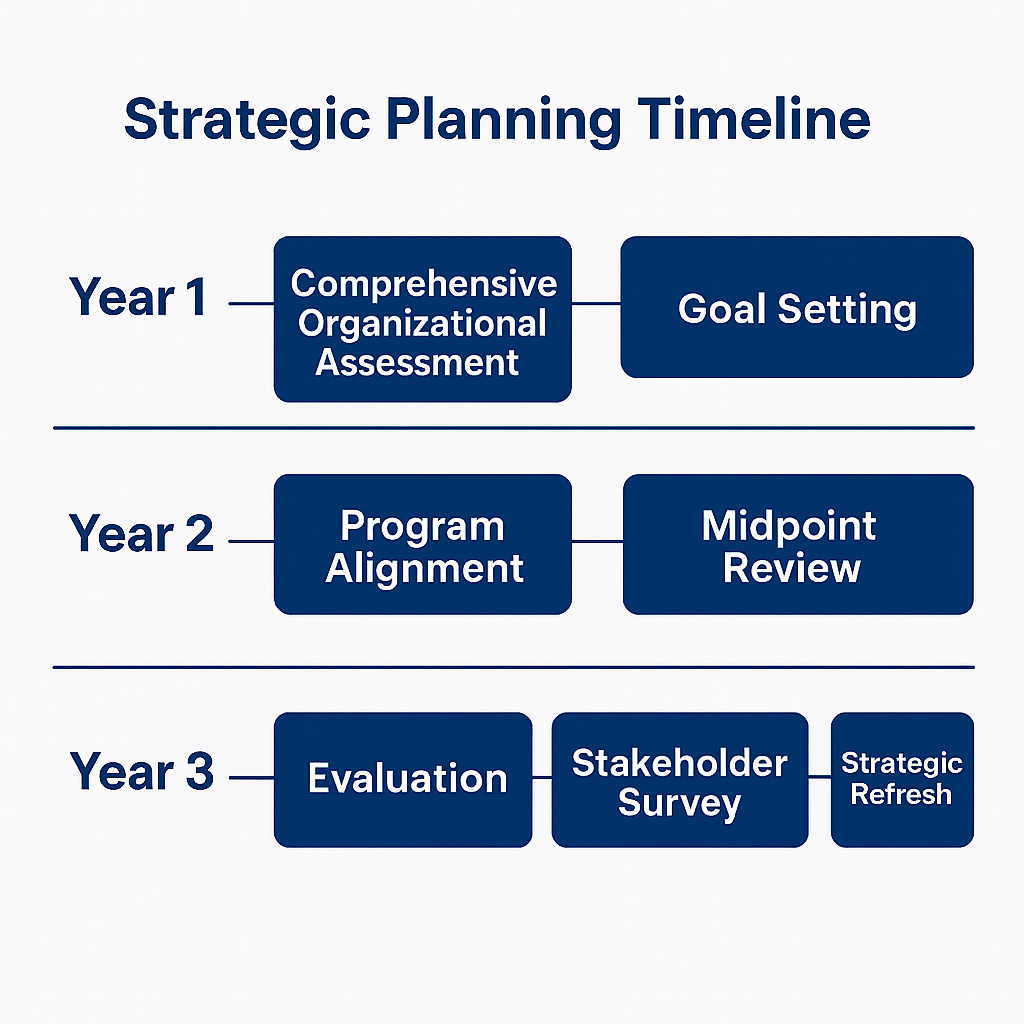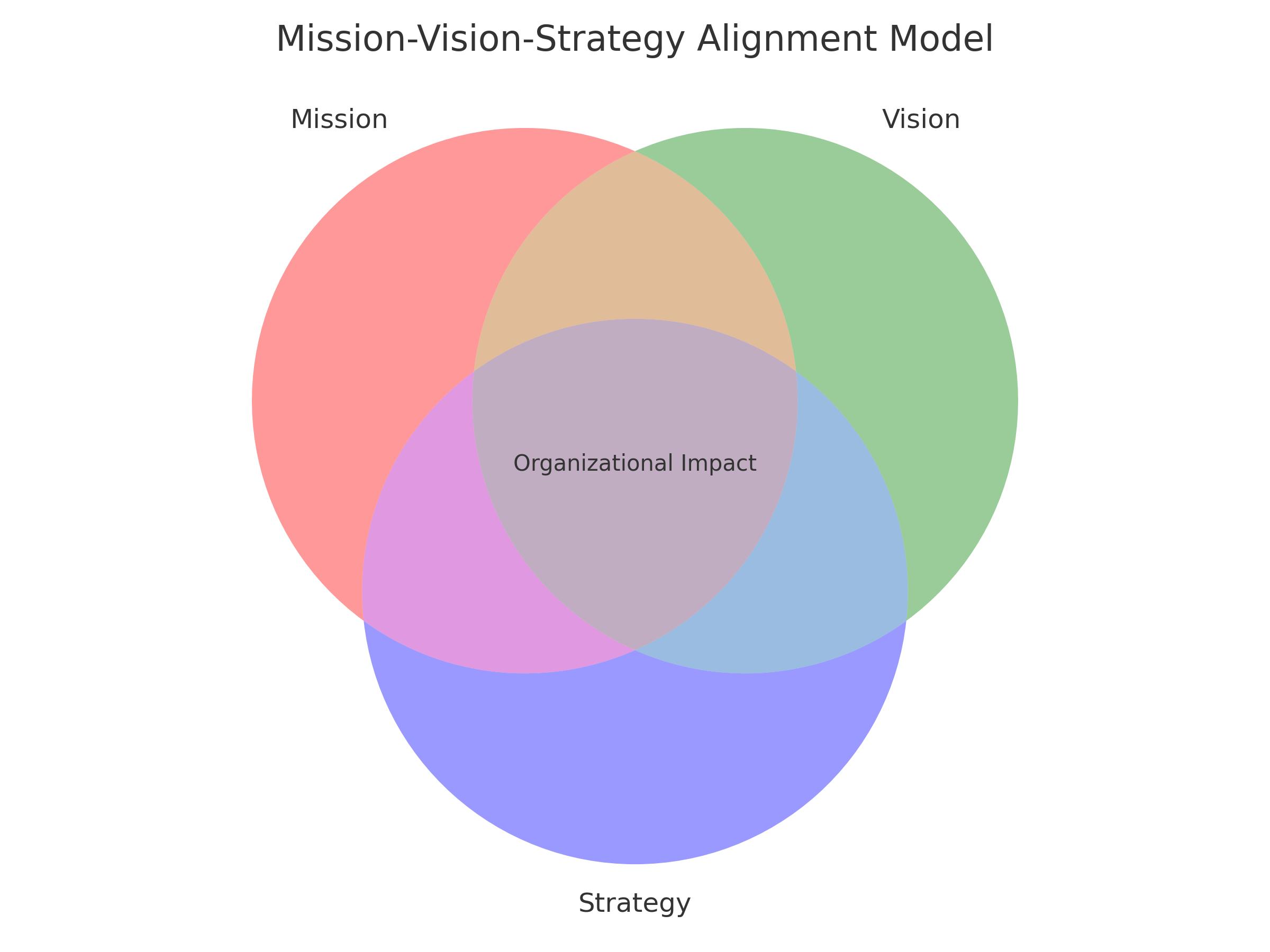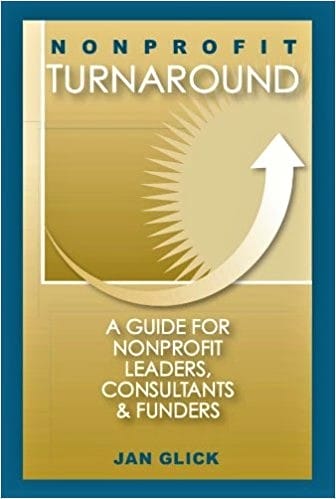In the nonprofit and healthcare sectors, the path to sustainable impact begins with clarity. A well-defined mission guides purpose, a powerful vision inspires progress, and a smart strategy connects the two with actionable direction. Yet too often, organizations operate with these elements in silos—creating confusion, misalignment, and diminished results.
Aligning mission, vision, and strategy through a cohesive nonprofit planning process not only drives efficiency but also empowers organizations to adapt, scale, and thrive in today’s ever-evolving landscape. Strategic planning becomes the bridge, transforming values into measurable outcomes while fueling growth, accountability, and community trust.
This blog post explores why alignment is a cornerstone of nonprofit organizational strategy and how strategic planning empowers boards, executives, and teams to pursue meaningful, mission-driven results.
1. Defining Mission, Vision, and Strategy
Before alignment can be achieved, each element must be clearly defined:
Mission: The Core Purpose
A nonprofit’s mission defines why the organization exists and who it serves. It encapsulates the values, commitments, and day-to-day work that fuel operations and services. A clear mission guides decisions, attracts the right stakeholders, and keeps teams focused.
Example: "To improve community health outcomes by providing accessible, affordable, and equitable primary care services to underserved populations."
Vision: The Aspirational Future
A vision statement paints the picture of what long-term success looks like. It’s the north star that motivates and mobilizes—connecting emotionally with staff, volunteers, donors, and partners. While the mission grounds an organization in the present, the vision propels it forward.
Example: "A world where every community has access to quality healthcare and the opportunity to thrive."
Strategy: The Actionable Path
Nonprofit operational strategy outlines how the mission is fulfilled to achieve the vision. Strategy includes resource allocation, program development, stakeholder priorities, and capacity building. It addresses both present challenges and future opportunities.
Think of it as the GPS connecting “where we are” to “where we want to go.”
2. Why Alignment Is Critical for Nonprofit Success
Organizations that align mission, vision, and strategy through strategic planning enjoy greater focus, stakeholder trust, and measurable success. Here’s why:
Clarity and Focus
Alignment fosters a shared understanding across the organization. Staff, volunteers, and leadership know what matters most and why, reducing ambiguity and duplication. Teams can confidently prioritize work that drives nonprofit goals and objectives.
Consistent Decision-Making
When evaluating new programs, partnerships, or funding opportunities, aligned organizations ask, “Does this support our mission and move us closer to our vision?” This filters out distractions and supports consistent, impact-focused decisions.
Stakeholder Engagement
When donors, community members, and board members understand the organization’s direction, they’re more likely to engage, advocate, and contribute. Strategic alignment boosts nonprofit stakeholder engagement by reinforcing authenticity and purpose.
Agility and Adaptability
Alignment doesn’t mean rigidity. On the contrary, organizations with clear frameworks can adapt more quickly to change without drifting from their purpose. Whether responding to policy shifts, economic pressures, or community needs, alignment serves as a compass.
3. Strategic Planning as the Vehicle for Alignment
Strategic and business planning firms help nonprofits align mission with strategy. Planning isn’t just an exercise—it’s the engine of nonprofit leadership alignment and long-term success. When done right, it creates a roadmap that adapts, inspires, and delivers.
Assessment: Understanding the Landscape
Begin with a comprehensive organizational assessment- examining internal capacity, external conditions, and the broader landscape in which you operate. Reaffirm the mission and test whether the vision remains relevant.
Is your organization still serving the right people in the most effective way?
Inclusive Dialogue: Building Buy-In
Effective planning is collaborative. Engage staff, board members, donors, and community leaders to ensure alignment isn’t imposed from the top down. Broad input fosters ownership and reflects diverse perspectives.
This is also a powerful tool for improving nonprofit board strategic planning outcomes.
Goal Setting: Making the Strategy Real
Translate vision and mission into measurable objectives. Identify milestones, key performance indicators (KPIs), and timelines. Link every goal to a strategic priority, ensuring program alignment and resource optimization.
Tip: Use SMART goals—Specific, Measurable, Achievable, Relevant, Time-bound.
Continuous Review and Feedback
Strategic plans are living documents. Regular progress reviews keep alignment fresh. Adjust to changing realities without losing sight of core values or long-term goals.
Culture Integration
Aligning mission and vision isn't just a leadership function. Embed them into onboarding, training, recognition, and evaluation systems. Reinforce alignment daily to shape behaviors and decisions across the organization.
Strategic Planning in Action: A 3-Year Roadmap
The journey to nonprofit alignment doesn’t happen overnight. The graphic below illustrates a high-level strategic planning timeline to guide your organization through assessment, implementation, and refinement over a three-year cycle.

4. Best Practices for Alignment
Successful alignment doesn’t happen by accident. It requires intention, communication, and leadership. Here are some nonprofit best practices to guide the process:
Revisit Core Statements
Review your mission and vision every 2–3 years to ensure they reflect the organization's current identity and aspirations.
Facilitate Strategic Planning Retreats
Bring together board and staff for in-depth, focused time to evaluate strategy and align on direction. These retreats promote unity and innovation.
Run the “Mission Fit” Test
Before launching new initiatives or forming partnerships, ask:
“Does this support our mission? Does it move us toward our vision?”
Empower Leadership
Encourage senior leaders and managers modeling values to reinforce alignment to model mission-driven decision-making. Make alignment part of performance reviews and leadership development.
Communicate Consistently
Use newsletters, internal messaging, donor outreach, and meetings to reinforce your alignment story. Stakeholders want to see—and hear—how your work is strategic and purposeful.
Visualizing Alignment: Mission + Vision + Strategy = Impact
The following Venn diagram illustrates how mission, vision, and strategy intersect to create meaningful organizational impact. When all three are in sync, nonprofits are better positioned to deliver outcomes, engage stakeholders, and achieve long-term sustainability.

5. The ROI of Alignment: From Vision to Impact
Strategic alignment helps optimize operations and strengthen performance. When aligning organizational strategy becomes second nature, nonprofits unlock tremendous value:
Improved program performance through better focus
Higher donor confidence and sustained giving
Better staff retention due to shared values and purpose
Stronger community partnerships through clarity of role
Scalable systems that support nonprofit sustainability strategy
In short: alignment drives impact, growth, and trust.
Conclusion: From Alignment to Action
For nonprofits and healthcare organizations, success is not just about having a mission—it’s about living it strategically every day. When mission, vision, and strategy are clearly defined and tightly aligned, organizations unlock the clarity, focus, and unity needed to grow their impact sustainably.
Strategic planning is more than a document—it’s a dynamic process that fuels nonprofit leadership alignment, deepens stakeholder engagement, and connects daily operations to long-term transformation. Whether you’re launching new initiatives, strengthening partnerships, or measuring outcomes, this alignment ensures every step is mission-driven and vision-focused.
In today’s fast-evolving environment, the ability to align with purpose while remaining agile is a key nonprofit success factor. By integrating alignment into your culture and strategic planning framework, your organization can build trust, scale solutions, and deliver lasting value to the communities you serve.
Let Glick Davis & Associates Help Your Nonprofit Strategy and Visual Alignment
Frequently Asked Questions
The mission is your organization's core purpose, the vision is its long-term goal, and the strategy is the plan that connects the two through action.
Nonprofit Turnaround: A Guide for Nonprofit Leaders, Consultants and Funders

